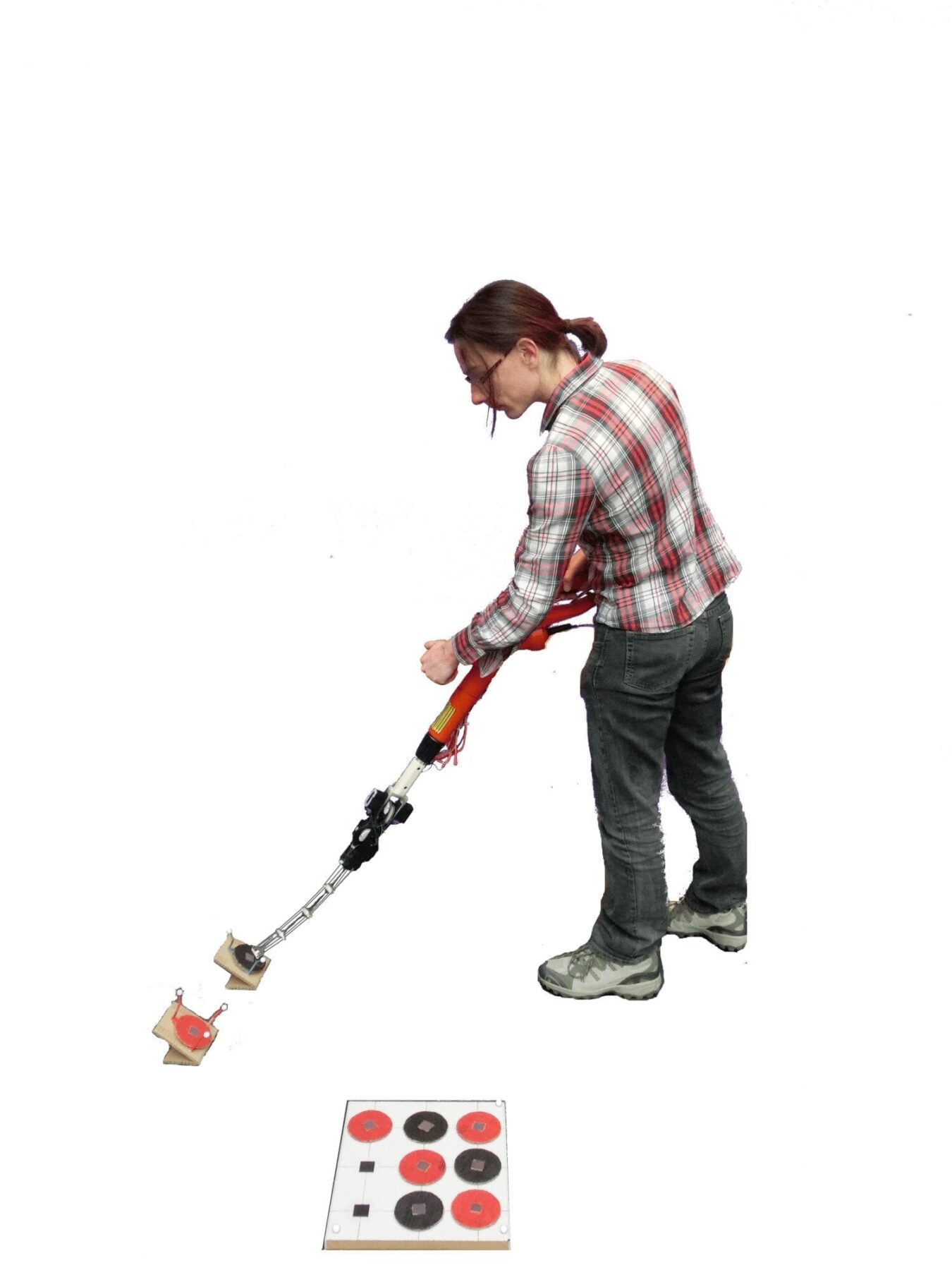
An advanced nuclear reactor under development by Hitachi could help solve the nuclear waste problem, and Univ. of Michigan researchers were involved in verifying its safe performance through computer simulations.
The U-M team worked with colleagues at the Massachusetts Institute of Technology and the Univ. of California, Berkeley. After more safety analysis, Hitachi plans to move forward with a prototype of the “resource-renewable boiling water reactor” in the next few years.
One of the major technological hurdles for nuclear energy is developing systems to dispose of the waste produced by typical reactors. It must be sealed away for hundreds of millennia while the radioactivity naturally decreases.
Hitachi’s new design would burn off the longest-lived radioactive materials, called transuranics, shortening that isolation period to a few centuries. This would recycle the nuclear waste to produce yet more energy and reduce the amount that must be stowed away.
“Because of transuranics, we’re talking about lifetimes for storing fuel that we can’t even fathom,” said Thomas Downar, U-M professor of nuclear engineering and radiological sciences. “You get this down to a hundred years, then you’re talking about the ability to engineer a container that you have confidence will last that long.”
In the conventional boiling water reactors that currently produce about 30 percent of all the nuclear-generated electricity in the U.S., the neutrons that split uranium atoms have been slowed by the boiling water. In contrast, the Hitachi design uses fast neutrons since they are more likely to split, or fission, transuranic atoms.
Prototype fast reactors have been running since the 1970s, but they use a sodium coolant. Sodium burns when it comes into contact with air and reacts violently with water. This is one of the reasons why U.S. utilities that operate reactors have been hesitant to consider sodium-cooled designs.
A water-cooled fast reactor, though, could offer safer and more familiar operation. The challenge was designing a water-cooled core that would stop itself if it started overheating and the water turned to steam. In conventional reactors, the water’s slowing action acts as a failsafe because steam is less effective at decelerating neutrons. Since fewer neutrons are at the right speed to cause fissions, the reaction rate slows down too.
For a boiling water reactor that’s burning transuranics, this scenario is trickier. The faster neutrons could mean a faster fission rate, creating more heat, steam and fast neutrons.
“If something goes wrong and the power increases, you want to have the fission rate decrease,” Downar said.
To create this safety feature in their reactor, Hitachi engineers plan large dead zones in the fuel rods, made of materials with a much lower probability of fissioning with fast neutrons.
Read more: Recycling nuclear waste
The Latest on: Nuclear waste
[google_news title=”” keyword=”Nuclear waste” num_posts=”10″ blurb_length=”0″ show_thumb=”left”]
via Google News
The Latest on: Nuclear waste
- Government asks Genkai mayor to accept site survey to host nuclear wasteon May 7, 2024 at 11:39 pm
Last month, the Genkai town assembly approved a petition submitted by local business groups asking for the survey request to be accepted.
- Indigenous leaders say nuclear waste concerns ignoredon May 7, 2024 at 12:15 pm
Four Indigenous leaders from New Brunswick, Quebec and Ontario have made a special appearance in Ottawa to condemn the storage of dangerous and long-lasting nuclear waste on their traditional ...
- News analysis: Why Putin is raising the specter of nuclear weapons againon May 6, 2024 at 8:45 am
Western analysts say the latest comments typify a pattern that has taken hold since Putin’s February 2022 full-scale invasion of Ukraine — that is, any perceived Western escalation is met with Kremlin ...
- Nuclear repository site near Carlsbad readies for waste from Washington after pauseon May 6, 2024 at 5:00 am
Nuclear waste shipments to the Waste Isolation Pilot Plant repository near Carlsbad were suspended for about two months as workers completed numerous maintenance projects at the underground facility.
- The undersea nuclear graveyard now more costly than HS2on May 5, 2024 at 6:05 am
A vast subsea nuclear graveyard planned to hold Britain’s burgeoning piles of radioactive waste is set to become the biggest, longest-lasting and most expensive infrastructure project ever undertaken ...
- Nuclear waste at center of testy Nevada Senate raceon May 5, 2024 at 3:00 am
Nevada Republican Senate candidate Sam Brown is under fire from Democrats for 2022 remarks in which he expressed support for plans to store federal nuclear waste at Yucca Mountain. Nevada lawmakers ...
- Opinion: San Onofre May Be Shut Down, But There's Still Danger from Nuclear Wasteon May 3, 2024 at 6:25 pm
San Onofre is now a nuclear waste dump for the foreseeable future. This waste is so radioactive that it requires remote handling for up to a million years. That alone is cause for concern to all of ...
- Brown: Failure to bring nuke waste to state an ‘incredible loss of revenue’on May 1, 2024 at 3:31 pm
The Los Angeles Times on Tuesday published audio of previously unreported remarks Brown made during a 2022 campaign event in Henderson, where Brown said not allowing nuclear waste in Nevada ...
- Brown: Failure to bring nuclear waste to NV is ‘incredible loss of revenue for our state’on May 1, 2024 at 10:55 am
The Los Angeles Times on Tuesday published audio of previously unreported remarks Sam Brown made during a 2022 campaign event in Henderson.
- An Ontario farm town will vote in October on whether it wants to house Canada's largest nuclear waste dumpon May 1, 2024 at 5:06 am
The Nuclear Waste Management Organization's search for a deep geological repository stretches back decades, and has been narrowed down to: Teeswater, a town with a population of about 5,880 ...
via Bing News











